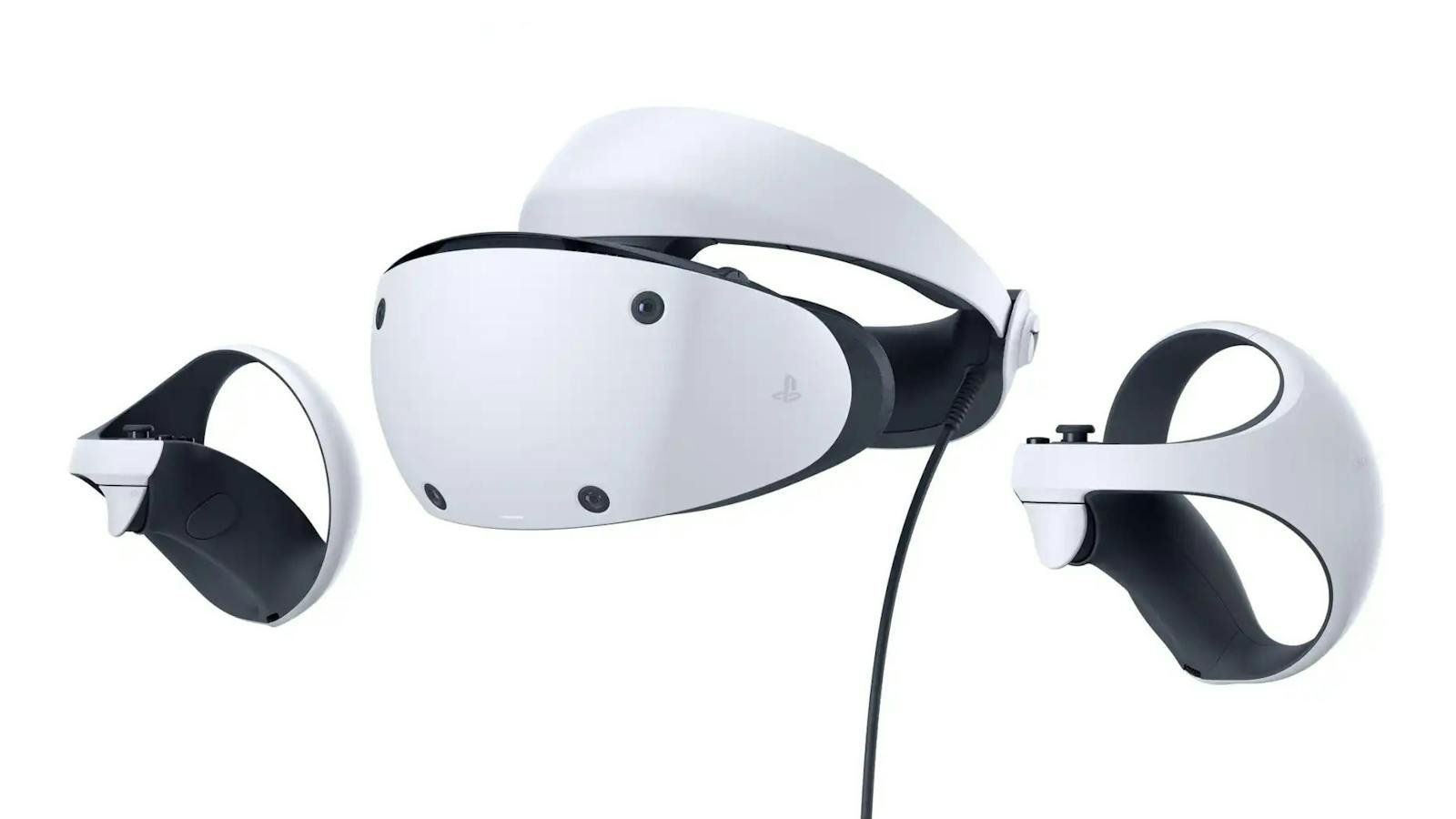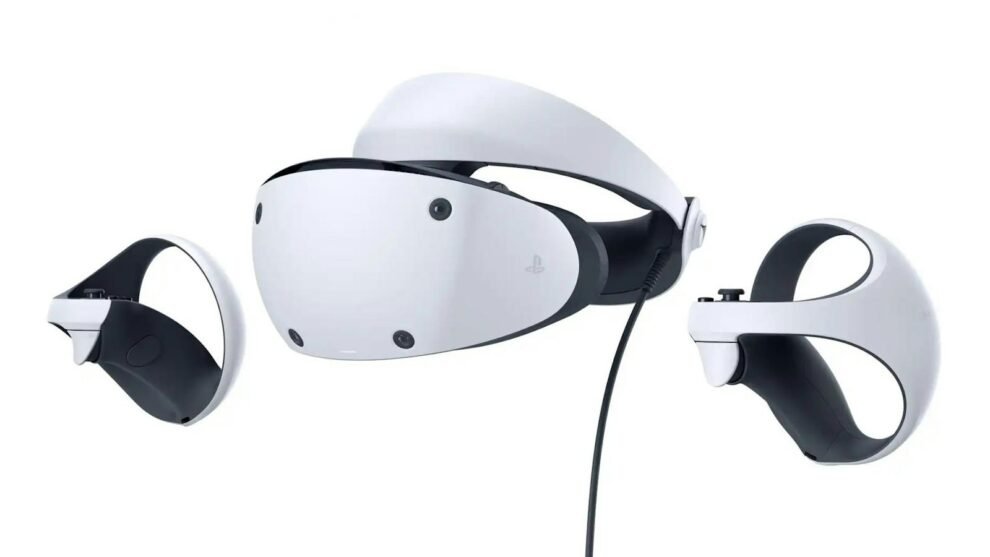Sony Corporation, the Japanese electronics and entertainment powerhouse, has made a significant step into the burgeoning metaverse with the announcement of a new mixed reality (MR) headset prototype. This marks a strategic shift for the company, known for its PlayStation consoles and PlayStation VR headsets, as it sets its sights on the next frontier of immersive computing.
Key Highlights:
- Sony unveils a new mixed reality headset prototype aimed at professional creators and businesses.
- The headset focuses on precision hand tracking and intuitive 3D design capabilities.
- Sony sees the metaverse as a “huge opportunity” and plans to leverage its expertise in entertainment and gaming.
- The move positions Sony as a potential competitor to Meta and other tech giants vying for metaverse dominance.

The prototype headset, currently codenamed “Project Cambria,” boasts advanced hand tracking technology and intuitive controls designed specifically for professional creators and businesses. Unlike traditional VR headsets that focus solely on virtual environments, Project Cambria seamlessly blends the real and virtual worlds, allowing users to interact with digital objects in their physical surroundings.
This focus on mixed reality distinguishes Sony’s approach from competitors like Meta, whose Quest VR headsets prioritize pure virtual experiences. Sony believes MR offers greater potential for professional applications, particularly in fields like architecture, engineering, and product design. Project Cambria’s precise hand tracking and 3D design tools enable users to manipulate virtual objects with unparalleled accuracy, making it ideal for tasks like prototyping and collaborative design sessions.
“The metaverse poses huge opportunities for Sony,” said Yoshinori Matsumoto, Sony’s Chief Technology Officer. “We believe it will become the next stage of the internet, and we want to be at the forefront of this revolution.”
Sony’s move into the metaverse is a natural extension of its strengths in entertainment and gaming. The company boasts a rich history of creating immersive experiences, from the PlayStation’s groundbreaking graphics to the captivating worlds of its popular game franchises. This expertise, combined with its technological prowess, positions Sony as a formidable contender in the metaverse race.
However, the competition is fierce. Meta, Microsoft, Apple, and other tech giants are all vying for dominance in this nascent market. Each company brings its own unique strengths and vision for the metaverse, making it difficult to predict who will emerge as the ultimate winner.
Sony’s Project Cambria is still in its early stages of development, with no official release date announced. However, the company’s commitment to this technology is clear. By focusing on professional applications and leveraging its existing strengths, Sony has the potential to carve out a unique and valuable niche in the metaverse.
While Project Cambria’s initial focus lies on professional applications, Sony hints at broader ambitions. CTO Matsumoto envisions the technology blurring the lines between work and entertainment, potentially enabling virtual concerts or interactive gaming experiences accessible through the headset. This suggests Sony’s metaverse aspirations extend beyond design and development, encompassing leisure and social interactions as well.
The future of the metaverse remains uncertain, but Sony’s bold move with Project Cambria serves as a strong indication of its commitment to shaping this exciting new frontier.


















